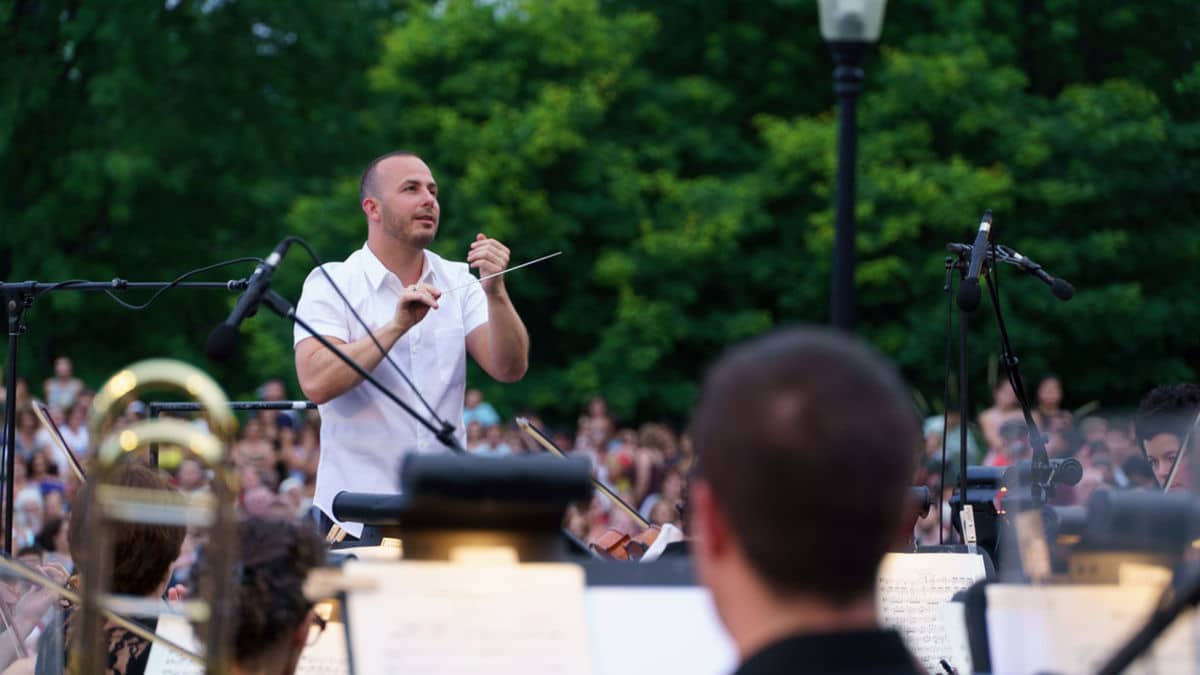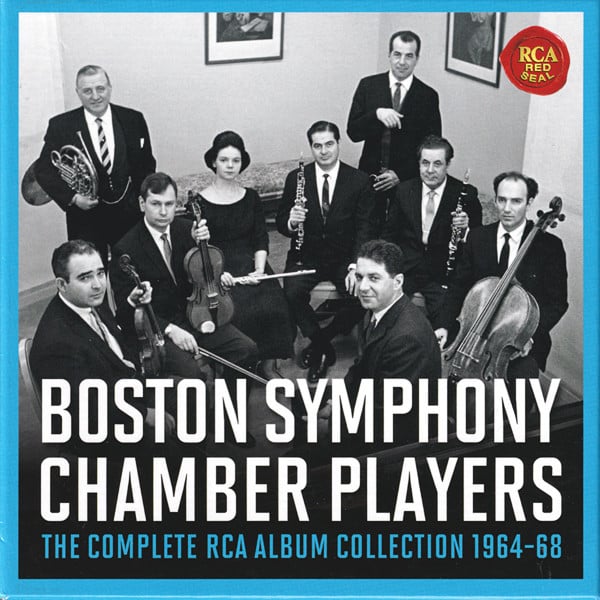Who gets paid what in Montreal’s two orchestras?
mainYannick has turned Montreal into a 2-orch town. Can Nagano’s heavyweight OSM compete?
Arthur Kapitainis asseses the odds in a new article, revealing a considerable discrepancy in musicians’ earnings:
The OSM is a salaried orchestra with 92 permanent positions (about a dozen of which are temporarily vacant). The 2019-20 minimum is $1,955 per week for a 46-week season (for a total of $89,930)….
(Yannick’s Orchestre Métropolitain) OM is a per-service orchestra with 58 musicians on its roster (who are joined by extras in larger repertoire). There is a guaranteed minimum amount of work, which Dupré says the orchestra inevitably surpasses by 50 per cent. Musicians are paid at a rate of $173.34 per service for OM presentations and the standard Guilde des musiciens rate for other events, for a typical annual total of about $32,000.
Read on here.

Canadian Dollar = 0.75 US$






The OSM has always been the major orchestra in town. OM was an amateur orchestra and grew because of Yannick’s rise to fame. I believe that the OSM is the best band in the country and OM Is riding on the success of Yannick right now. Best paid orchestra in Canada is by far the National Arts Centre Orchestra.
Great article. Thanks for posting. Canada is actually pretty lucky in its music offerings.
Compared to what, V. Lind? There are quite a few middling orchestras and opera companies. The COC and The MSO are years past their prime.
That seems to be a lot of services to still be “per service”. OM = Orchestra McDonalds
It is quite a number of services (others have already shown the math), but the point is, a per-service orchestra doesn’t promise a certain number of services in their master agreement — which means they would have to pay the musicians for those services whether they took place or not.
My orchestra isn’t a big one, but we have what is called a “service guarantee” of 160 services per season. If we do 160 or fewer, we get paid for 160; if we do more than 160, we get paid our per-service rate for those extra services. The number of services can vary from player to player: for example, we just did an all-Beethoven concert which used no low brass and only two horns. They won’t be paid less for the season, but if extra concerts are added, it may take those players awhile to reach their 160-service threshold. (I’m not sure what happens if a musician uses sick leave; they don’t forfeit pay, but I don’t know if the services they missed count in their total-per-season amount.)
A per-service orchestra only promises to pay musicians for the services they play. You can, as the OM shows, be very very busy and still be a per-service group.
(One advantage for musicians is, you aren’t required to play every service. In salaried orchestras, you have to request permission to miss work, and it may or may not be granted.)
Don’t compare oranges and apples. The article says 46 weeks for OSM. OM does around 15 weeks I believe. It would be interesting to compare the number of concerts (no mention in the article).
The OM does much more than 15 weeks. They’ve got 6 weeks of subscription concerts between now and May, plus educational concerts, opera runs for the Opéra de Montréal, summer festivals, etc. It won’t be 46 weeks, but quite more than 15.
if you divide the average salary, 32k, by the per service rate, 173 and assume the standard 8 service week, its 23 weeks
There is a strong discrepancy between the two, sometimes fair, sometimes unfair. The OSM clearly fulfills a function as a ‘regular’ symphony orchestra which the OM does not. It is normal, to an extent, that it has priority on hall bookings, more budget, and salaried musicians.
Yet, the OM more often than not receives a rather unfair treatment in funding and access. The OSM has control of the Maison Symphonique 240 days a year – it is dubious that they need all of them. The OM often has to rehearse off-stage as they do not have regular access to the Hall, etc. Christophe Huss wrote a good summary of the OM’s grievances here: https://www.ledevoir.com/culture/musique/515079/reinventer-un-modele-pour-l-orchestre-metropolitain
It seems to me that the Montreal model of one full-time subscription orchestra and one other professional, though part-time, top-quality orchestra is well suited to the city. The part-time nature of the OM allows them to take part in a bunch of other musical activities, which enhance the musical scene of the town as a whole (the winds often deputise with Les Violons du Roy, I Musici, etc.; the strings play in other orchestras, the Lanaudière Festival Orchestra, chamber ensembles, etc.). That being said, they absolutely deserve their fair share of funding as well. Upgrading them to a regular, full-size symphony orchestra with a full strings section is certainly warranted, and there’s no reason to restrict them to the leftover scraps of hall access at the Maison Symphonique. That’s simply recognising that the OM is a top-quality ensemble – not playing winners and losers with the OSM.
Forgot to mention that the OM obviously deserves a pay hike too – and funding to achieve that.
Two orchestras? Are you forgetting I Musici??
I Musici has 15 musicians on its roster – all strings. It’s not a symphony orchestra.
The Orchestre Métropolitain has improved a lot over the past dozen years. But I don’t think Montreal is big enough for 2 full time large orchestras. It would be nice to be able to go to the symphony 2 nights a week in Montreal though.
It’s pretty simple: The OSM is a top-flight international orchestra that tours widely and fills its vacancies through some Canadian-only but largely international (i.e. US) auditions, just like any American orchestra.
OM is composed Montreal-area freelancers; they’re very good, no question, but they can’t draw from the same pool of talent the OSM can.
Montreal is fortunate to have two such orchestras, plus good music schools at McGill, Montreal Conservatoire; University of Montreal, and others. It’s really a marvelous musical environment.
How Can someone compare those 2 orchestra? One of International level vs the OM… Of course salary isn’t comparable